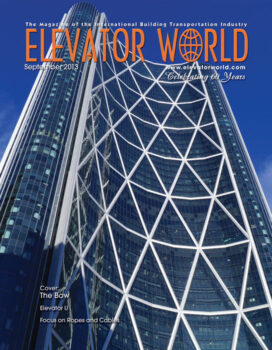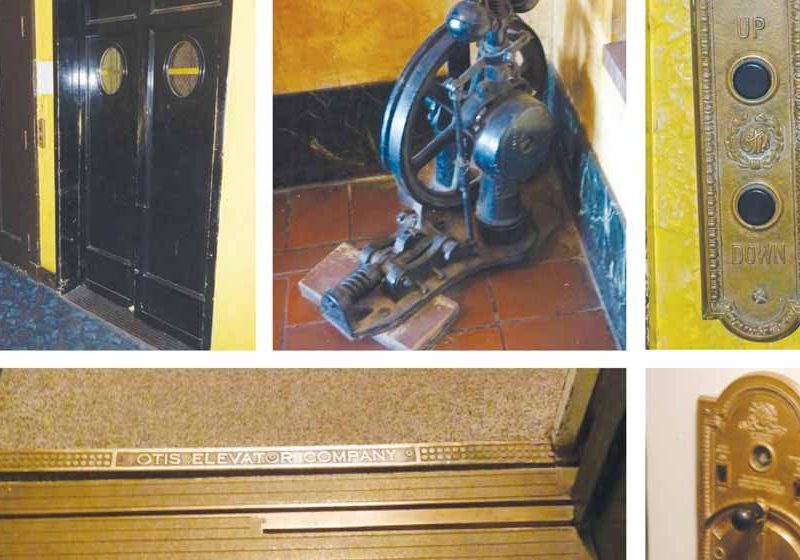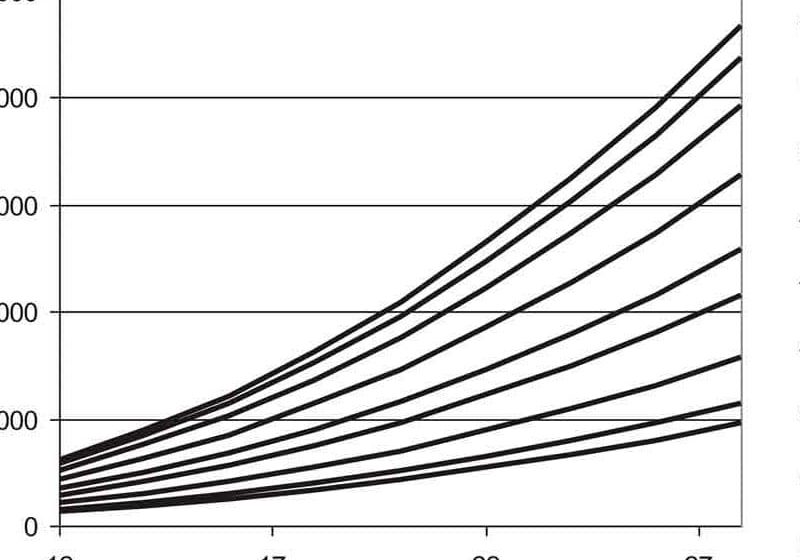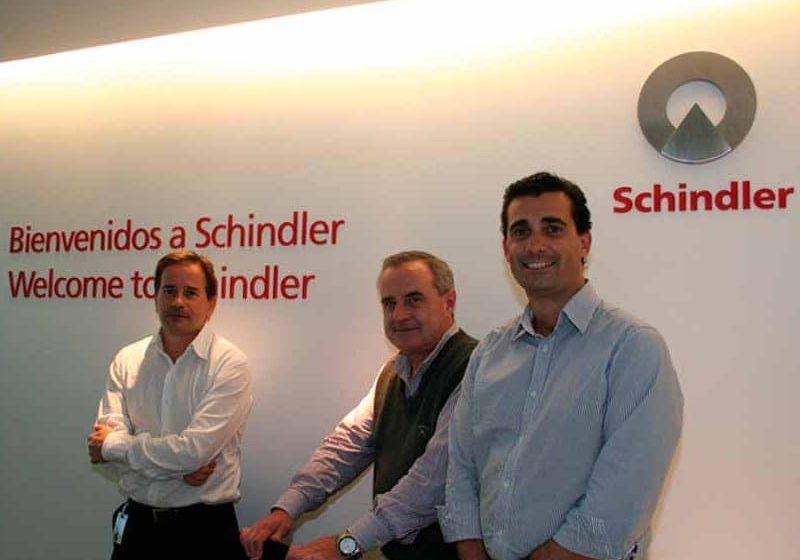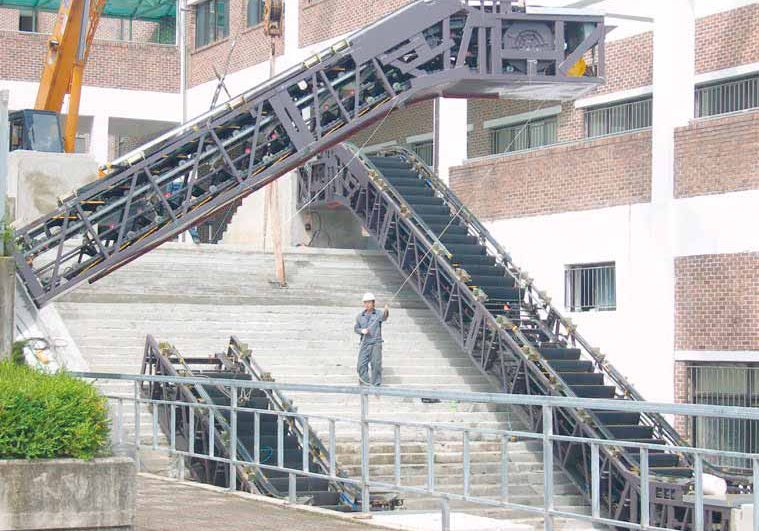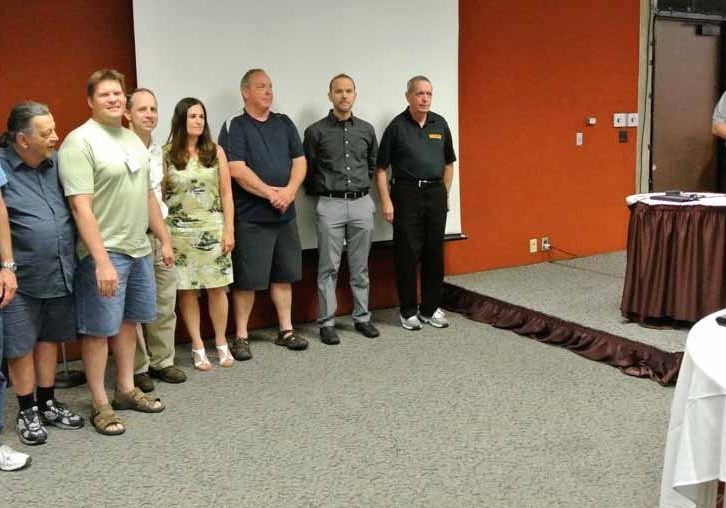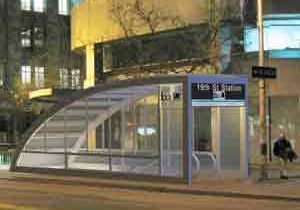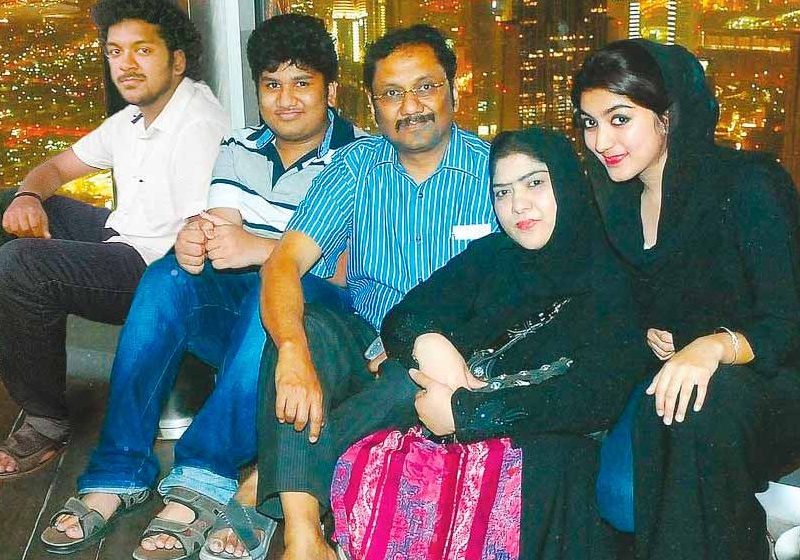Customized Displays Heighten User Experience
Sep 1, 2013

Just over a decade ago, lifts had seven basic position indicators, where one had to really focus to read the lift position. Then came the era of dot-matrix displays with alphanumeric characters, which had the “wow” effect. Today, we have dot-matrix displays as lift-position indicators for the lowest segment of elevators and long dot-matrix displays for semi-outdoor applications like metros, airports and stadiums, particularly on the hall side due to their size and brightness. The first LCD displays were monochrome, which was short lived with the rapid innovations in this field. Today, we have ultra-sleek thin-film transistor (TFT) screens.
Why Choose High-end Elevator Displays
Displays are the one component of the lift that all users are bound to look at and engage with, both inside the car and on the hall. Displays provide information about lift status and can show additional, relevant content. Displays also enhance the perceived quality and value of the lift in the eyes of the user. Those few seconds of travel can be positively exploited by providing information that passengers want, even if only subconsciously.
Such information can be easily programmed by the building owner through networking from a central location, such as a building’s management-system room, while lift-related information, such as position, direction of travel and emergency messages, is flowing from lift controller to display. The type of information typically displayed includes:
- Weather
- News
- Stocks
- Building or floor information
- Time and date
- Customized real-time and time-based preprogrammed messages
- Live streaming video
What’s Trending
Two years ago, E-Motive (now part of Avire, along with Memco and TL Jones) launched ultrawide Panorama® screens. Unlike conventional displays, these have an aspect ratio of 16:3 and are designed for specific elevator spaces, primarily diagonal sizes of 19 in., 28 in., and 38 in. These displays may be used in landscape or portrait orientations in the car or hall.
Networked and User Friendly
E-Motive displays, either S2 or Panorama, can be networked through a dedicated LAN or LAN/fiber-optics network, which means content management of these TFT screens can be controlled in real time without interrupting the elevator operation. Managing the content is very simple thanks to a user-friendly, menu-driven software supplied with these displays as a complete, customizable solution.
The Technology
LCD screens are typically based on panel type and backlighting solutions. There are three different panel-type solutions available on the market: twisted nematic (TN), in-plane switching (IPS) and vertical alignment (VA). These options provide different feature specifications, such as viewing angles, color reproduction, response time and contrast.
TN panels are the most established, yet still the most popular technology, as they provide the shortest response times, offer high brightness, use less power and are inexpensive to manufacture. Despite these advantages, it must be noted that color shift occurs at wider viewing angles, and there is also a gray inversion effect when viewing the picture from above or the side.
In comparison, IPS panels have noticeably improved color reproduction and viewing angles. The drawback is their difficulty to emphasize blacks, which, in turn, leads to problems with contrast. IPS panels are also expensive, and have, therefore, not been widely adopted.
VA panels, which are the types used in E-Motive multimedia and picture LCDs produced by Avire, blend the advantages of both TN and IPS. This solution offers good viewing angles, improved blacks and excellent contrast.
Backlighting solutions, such as electroluminescence, cold-cathode fluorescent lamp (CCFL) and light-emitting diodes, offer different lighting solutions to the back of the panel. CCFL and LEDs are the main types of backlighting solutions for LCD panels. LED backlighting has been used in small-format screens, whereas CCFL was traditionally used for large-format screens. Driven by an inverter, a CCFL provides an easy lighting solution for large areas.
More recently, LED backlighting has been gaining popularity for large-format screens, and this technology is used in E-Motive Panorama. LED backlighting offers low electrical noise, a wider dimming range and quicker stable-light intensity.
For backlighting solutions, one key factor is lifespan, measured as mean time between failures (MTBF). This parameter is the time taken for brightness to reduce from 100% to 50% of its original intensity. For small-format screens, typical MTBF is about 10,000-20,000 hr., whereas for large formats, MTBF is typically 50,000 hr.
Conclusion
With the rapid and continuous innovation in consumer electronics and information technology, the key is to convert these technologies into robust industrial electronics adaptable to the challenging and harsh elevator environment. Over the decades, Avire engineers have been successful in making the elevator industry adapt to these new-age displays as a way of life.
Elevators in signature buildings such as One Indiabulls Centre, Ruby Mills and C 70 in Mumbai; World Trade Centre in Bengaluru, India; Qatar New Doha International Airport; Dubai Mall; Perth Fiona Stanley Hospital in
Australia; and Singapore Sentosa Integrated Resort are a few examples of how these displays have created a lasting impression for these prestigious properties and their elevators.
Get more of Elevator World. Sign up for our free e-newsletter.

